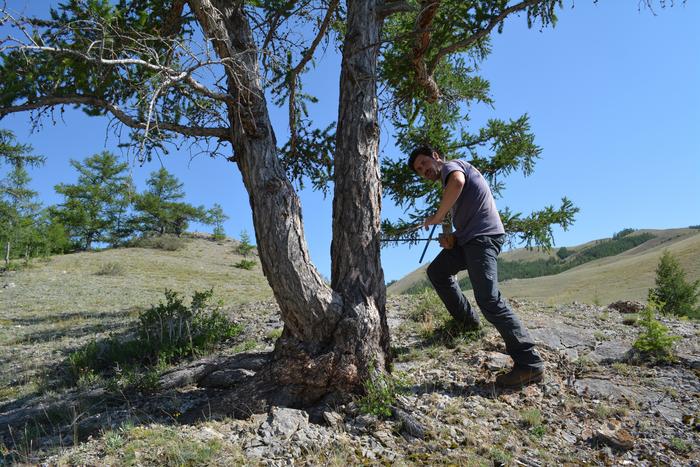In a groundbreaking study, researchers have discovered that the summer of 2023 was the hottest in the Northern Hemisphere over the past two millennia. By analyzing tree ring data, scientists from the University of Cambridge and Johannes Gutenberg University Mainz found that 2023 exceeded even the most extreme natural climate variations by half a degree Celsius.
“When you look at the long sweep of history, you can see just how dramatic recent global warming is,” said co-author Professor Ulf Büntgen from Cambridge. “2023 was an exceptionally hot year, and this trend will continue unless we reduce greenhouse gas emissions dramatically.”
Paris Agreement Temperature Limit Already Breached
The findings, published in Nature, also show that the Northern Hemisphere has already surpassed the 1.5C warming limit set by the 2015 Paris Agreement. By re-calibrating the 19th century temperature baseline using tree ring data, the researchers determined that summer 2023 was 2.07C warmer than the 1850-1900 average.
Tree rings provide valuable context for understanding climate change beyond the 150-year span of instrumental records. They contain annually-resolved, absolutely-dated information about past summer temperatures, allowing researchers to account for natural variability and better assess the impact of human-induced global warming.
Volcanic Eruptions and El Niño Events Shape Climate History
The tree ring data reveals that most cooler periods over the past 2,000 years, such as the 6th century Little Antique Ice Age and early 19th century Little Ice Age, followed large volcanic eruptions that spewed sulphur-rich aerosols into the stratosphere, triggering rapid surface cooling. The coldest summer, in 536 CE, was 3.93C colder than 2023.
Conversely, warmer periods can largely be attributed to the El Niño-Southern Oscillation (ENSO). El Niño events, first noted by 17th century fishermen, affect global weather patterns and often lead to warmer Northern Hemisphere summers. However, over the past 60 years, greenhouse gas-driven global warming has intensified El Niño, resulting in even hotter summers.
“It’s true that the climate is always changing, but the warming in 2023, caused by greenhouse gases, is additionally amplified by El Niño conditions, so we end up with longer and more severe heat waves and extended periods of drought,” said lead author Professor Jan Esper from Johannes Gutenberg University Mainz. “When you look at the big picture, it shows just how urgent it is that we reduce greenhouse gas emissions immediately.”
While the study’s results are robust for the Northern Hemisphere, the researchers note that global averages for the same period are difficult to obtain due to sparse Southern Hemisphere data and its differing response to climate change.


